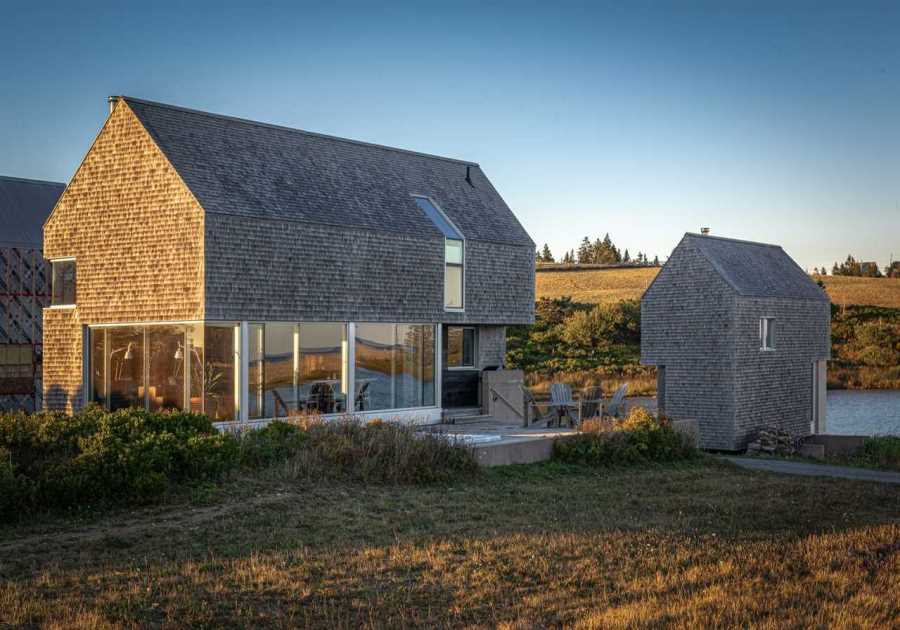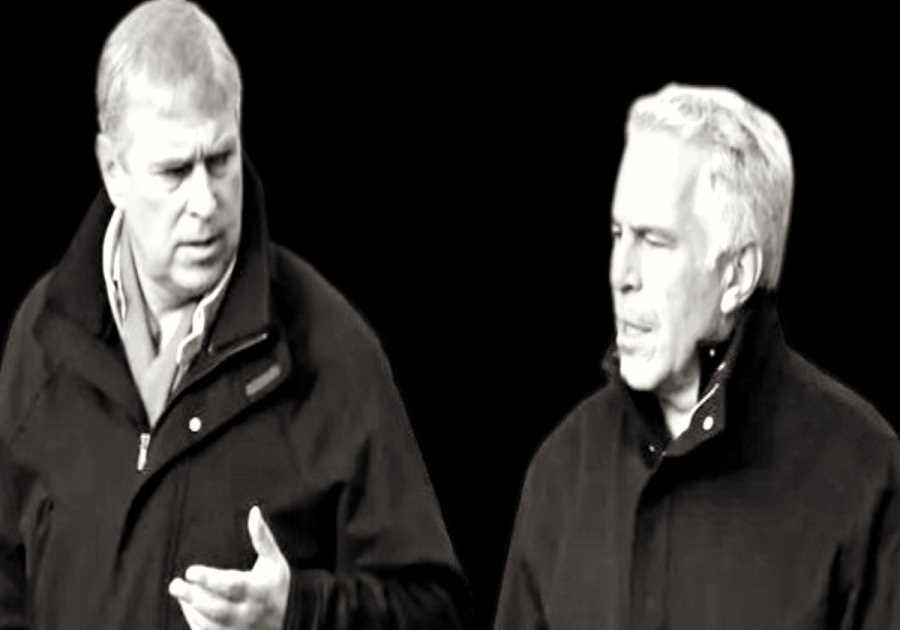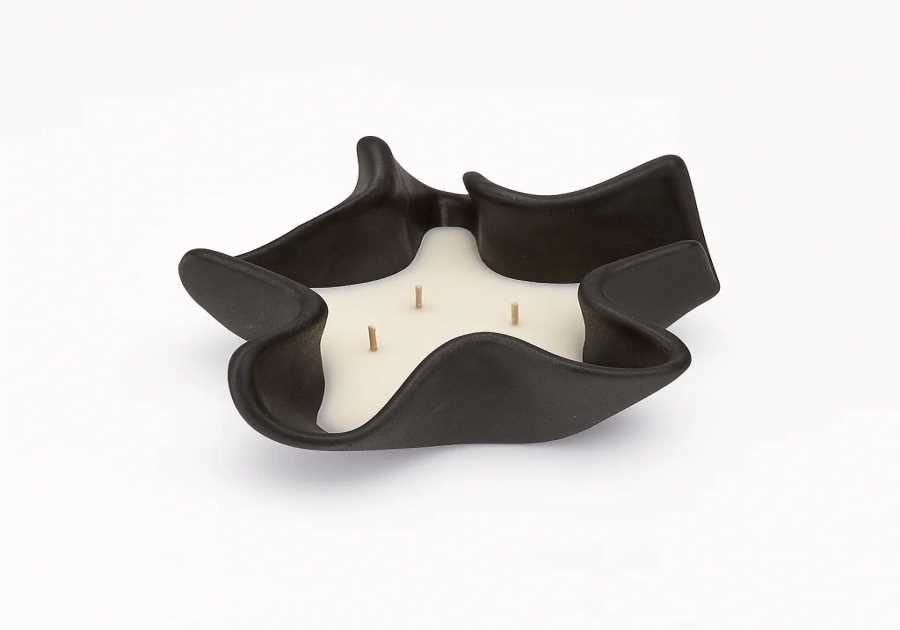On a cross-country road trip, my partner and I had the meaningful opportunity to stay in a traditional Navajo (Diné) dwelling rented on Airbnb by the family of the man who built it in the 1960s.
Welcome to One Night In, a series about staying in the most unparalleled places available to rest your head.
Ever since I can remember, I’ve seen my August birthday as an excuse for a vacation. In 2017, my partner Jose and I made plans to escape the thick wrap of Gulf Coast humidity bearing down where we lived in New Orleans and take an epic cross-country road trip. At the time, the large, jagged contours of the American West were mysterious to us. We’d never been, so we mapped out national parks in relation to affordable Airbnbs and found that if we wanted to visit the Rocky Mountains, Arches National Park, the Four Corners National Monument, and Santa Fe in close succession, an overnight stay on the Navajo Nation seemed like a logical choice. The roughly 27,000-square-mile reservation spans chunks of northeastern Arizona, northwestern New Mexico, and southeastern Utah, and, I was surprised to learn, is larger than West Virginia.
Although there weren’t many options to pick from since the bulk of Navajo Nation is incredibly rural, we found an Airbnb outside of Blanding, Utah, that was centrally located between these attractions and booked it quickly. The listing read: "The place is a Navajo home—[a] stone hogan made back in the 1960s by my late grandfather. It’s in a remote location with no running water and limited electricity but is considered to be in the middle of most known national parks. The hogan will consist of a bed and also two additional cots. The style is very basic." The pictures showed a rounded, brick structure with a smokestack rising out from it. It looked like it was surrounded by mesas. I’d never heard of a hogan, but Jose and I were drawn to it immediately. I had no idea that my experience there would influence my curiosities and admiration for the American Southwest, and drive me to write, report, and learn so much more about Navajo culture, arts, and news.
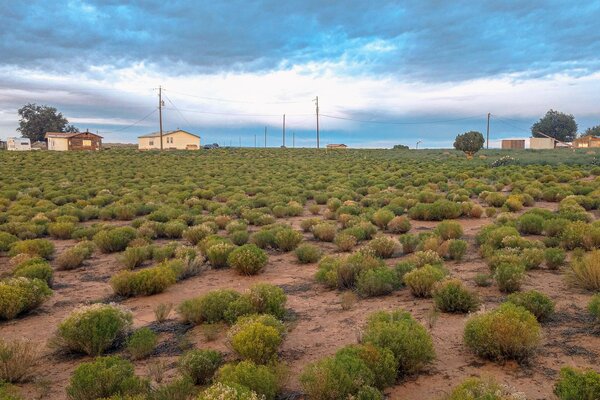
The Navajo Nation, also known as Navajoland (or Diné Bikéya in the Navajo language) covers roughly 27,000 square miles and extends into chunks of Arizona, New Mexico, and Utah.
Courtesy Karen Fischer
Tuesday
6:23 a.m.: We woke before sunrise to drive westbound out of the Rocky Mountains and into Utah through the Roosevelt National Forest. At one turn, our headlights shined on a baby brown bear on the side of the road. Within seconds, its mother hopped out from the shadows to stand beside it. As the sun started to peek above the treetops and I regained cell service, I decided to do some quick research on Navajo hogans from the passenger seat since I was curious for a bit of context about the place where we’d be sleeping that night.
I scrolled through a few online resources and learned that hogans are traditional structures most Navajo families build on their land for religious ceremonies or to live in. The dwellings—typically constructed from logs and mud—appear in creation stories for the Navajo people (or Diné in the Navajo language). As we inched closer to the Utah state line, I read about the two different styles of Navajo hogans, which are designated as "male" or "female." The former variety is cone-shaped or "forked stick," and is reserved for religious ceremonies, while the latter are more common and can serve as everyday dwellings, and are hexagonal with a dome-shaped roof that has a smoke hole in the center for ventilation.
I wasn’t sure how to feel about staying in a space of such cultural importance to the Navajo people as a tourist. I didn’t know whether it was common for Navajo citizens to rent out their hogans as accommodations, though I gathered from Airbnb that there weren’t many other similar listings on the platform. (At the time, I didn’t find a single other one in the area, though that has changed now.)
Years later, this same sentiment was explored on a much wider scale: In Two Guns, Arizona, a glamping resort in the midst of development included structural reproductions of teepees, covered wagons, and hogans. The reaction from the Navajo community was deeply mixed. Some applauded that the resort would allow local Native vendors to sell their goods to tourists; some thought the use of Indigenous symbolism was stereotypical and misguided; and others found the idea of utilizing faux-hogans as lodging for tourists to be spiritual sacrilege. Many argued that if the development was designed with Southwestern Indigenous cultures in mind, it should actually be owned by a Native person so that the profits could directly uplift tribes. Both then and now, there’s no clear answer to whether staying in a hogan as a tourist is ethical—how these dwellings are used is ultimately up to the Native families that own them.
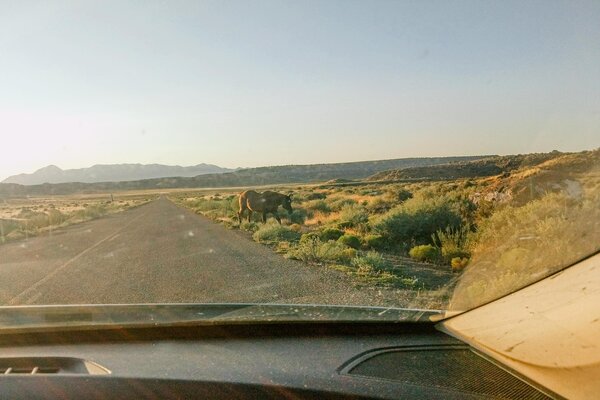
Courtesy Karen Fischer
10 a.m.: My first impression upon passing into Utah: Mars. At the gate of Arches National Park, we asked a ranger when the sun would hit its peak. She glanced over her wide-brim hat and peered outside of her tollbooth. "I’d say you have until noon ‘til you fry." We hiked toward Delicate Arch in a sea of international tourists wearing long sleeves, pants, and hats. The ranger was right—by noon, the sun was fierce. I was unprepared in shorts, so we packed back into the rental car and headed toward the hogan for the night.
2 p.m.: Once we drove onto Navajo Nation proper, I was stunned. I had never seen so much uncluttered land—huge swaths of the desert had no houses, no stores. Some of the only markings for miles were unnamed dirt roads jutting off the main one. As we followed the road toward the Airbnb, I started to calculate how long the commute back to Blanding would be to buy gas, get groceries, or find a doctor in an emergency. It looked in some spots like your closest neighbor could be tens of miles away.
To reach the hogan, per the host’s instructions, we had to spot a windmill and make a turn from there onto an unmarked dirt road. There was no cell signal, so we drove in circles a few times trying to determine whether a large or small windmill was the correct one. Eventually, we found the landmark. We’d arrived.
4 p.m.: To our surprise, our Airbnb host, Geoffrey, didn’t meet us to check in—instead, we were greeted by his aunt, who lived in one of the houses surrounding the hogan. She explained that her father, or our host’s grandfather, built the hogan in the ’60s and that now it technically belonged to her mother (our host’s grandmother), but since the matriarch only spoke the Navajo language, the whole family helped coordinate stays in it. I gathered that the Airbnb profits likely helped support our host’s grandmother. I figured that perhaps renting out the hogan, even if controversial to some, helped provide more of a financial safety net so she wouldn’t have to leave home and commute hours per day to support herself.
The hogan was squat, round, and built from brick; small rectangular windows adorned with simple, homemade curtains let in rays of light that illuminated the red dirt floor. In the center of the space, there was an iron woodstove with a tall pipe that sprouted up through the roof. Our host’s aunt held up a sage bundle lying on top of the stove, and said: "It’s funny how when you see these in shops, they’re so expensive when there is so much outside." She let us know that we could buy sage bundles from her if we wanted to, but for now, this one could be a sample.
The clay ground felt sturdy and strong, like it had been walked on and packed in for a long time.
Two cots arranged along the perimeter of the room were covered with soft, turquoise blankets featuring geometric designs. For how hot the day had been, the interior of the hogan was cool and slightly damp, which was soothing to my sunburned skin. Across from the entrance, an orange water cooler was set up next to a ceramic basin to serve as our sink to wash up with. Earlier in the day, our host had messaged to let us know that the hogan didn’t have a fridge or a stove, so packing sandwich supplies in a cooler was our best bet for lunch or dinner. It did have enough electricity to charge our phones, however, and a small coffee maker for the morning.
4:30 p.m.: We finished unloading our backpacks and cooler into the hogan, then continued our chat with our host’s aunt outside. The August air was completely dry without an ounce of humidity. Wide, puffy clouds traveled overhead that created shape-shifting shadows across the sagebrush. She pointed out different landmarks and mountains in the distance—in one direction was the Bears Ears National Monument, which had been in the news heavily at the time. (A New York Times article described the site as "the symbol of the battle over America’s protected public lands.")
She shared other notable facts about hogans, like how the dwellings are designed with their front doors facing east toward the sunrise so that Navajos could receive blessings each morning. Before she left, she let us know that she drove into Blanding every morning at 5 a.m. to sell burritos, which usually sold out, so if we wanted to place a breakfast order, we should knock on her door that evening. When I asked about where we could potentially walk from the hogan to explore, she gestured around. "This is all our land, so walk wherever you’d like."
7 p.m.: About five minutes from the hogan, Jose and I found a view from a mesa overlooking a shallow canyon below. The sagebrush was wild and fecund in an unbothered way, like the plants would sprout time and time again no matter who sat and did or didn’t watch. We lingered to see the sunset over the contours of the nearby mountains until the light gave out. When it did, we retreated into the hogan to read by lamplight.
9 p.m.: It occurred to me as I read in the cot that I’d never walked on a dirt floor before. I noticed that the bottoms of my feet were barely dusty; the clay ground felt sturdy and strong, like it had been walked on and packed in for a long time.
10 p.m.: Before we went to bed, I had to use the outhouse, which was located about 20 paces away at the end of a walking path with prickly bushes nosing their way onto it. While the outhouse was perfectly clean and logical for how rural the home was, I wondered about access to running water. I didn’t know if it was possible for pipes to reach this far out into the desert. I remembered the massive plastic containers Jose and I saw in the back of pickup trucks on our drive to the hogan that, now that I thought about it, were filled with water.
Walking to an outhouse under the moonlight while admiring the stars was a novelty to me, but I thought about how it would feel to, potentially, night after night, not have running water in your own home. Later, I’d learn that about 30 percent of people living on the Navajo Nation don’t have access to reliable, clean drinking water and 40 percent don’t have running water in their homes. Before I re-entered the hogan, I turned around toward the mesa. For as far as I could see, there were no lights in the distance. The moon was bright. The only sounds I could hear were the soft chirps of bugs. No cars, no televisions, no hums of appliances.
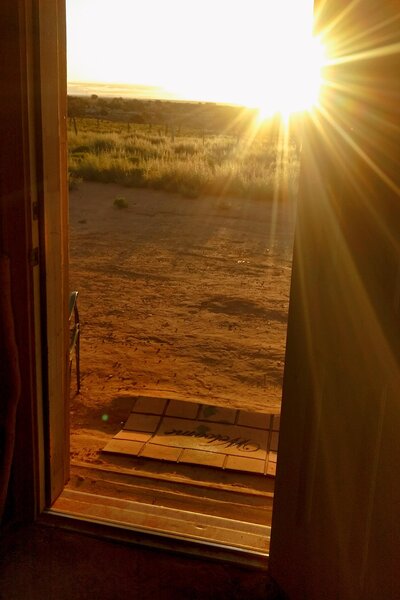
Hogans are typically constructed with the front door toward the east to face the sunrise.
Courtesy Karen Fischer
See the full story on Dwell.com: One Night In a Hogan on Navajo Nation
Read More
By: Karen Fischer
Title: One Night In a Hogan on Navajo Nation
Sourced From: www.dwell.com/article/one-night-in-a-hogan-on-navajo-nation-4ed74a8a
Published Date: Mon, 21 Nov 2022 23:41:55 GMT
Did you miss our previous article...
https://trendinginbusiness.business/real-estate/the-pros-and-cons-of-buying-a-manufactured-home
.png)

